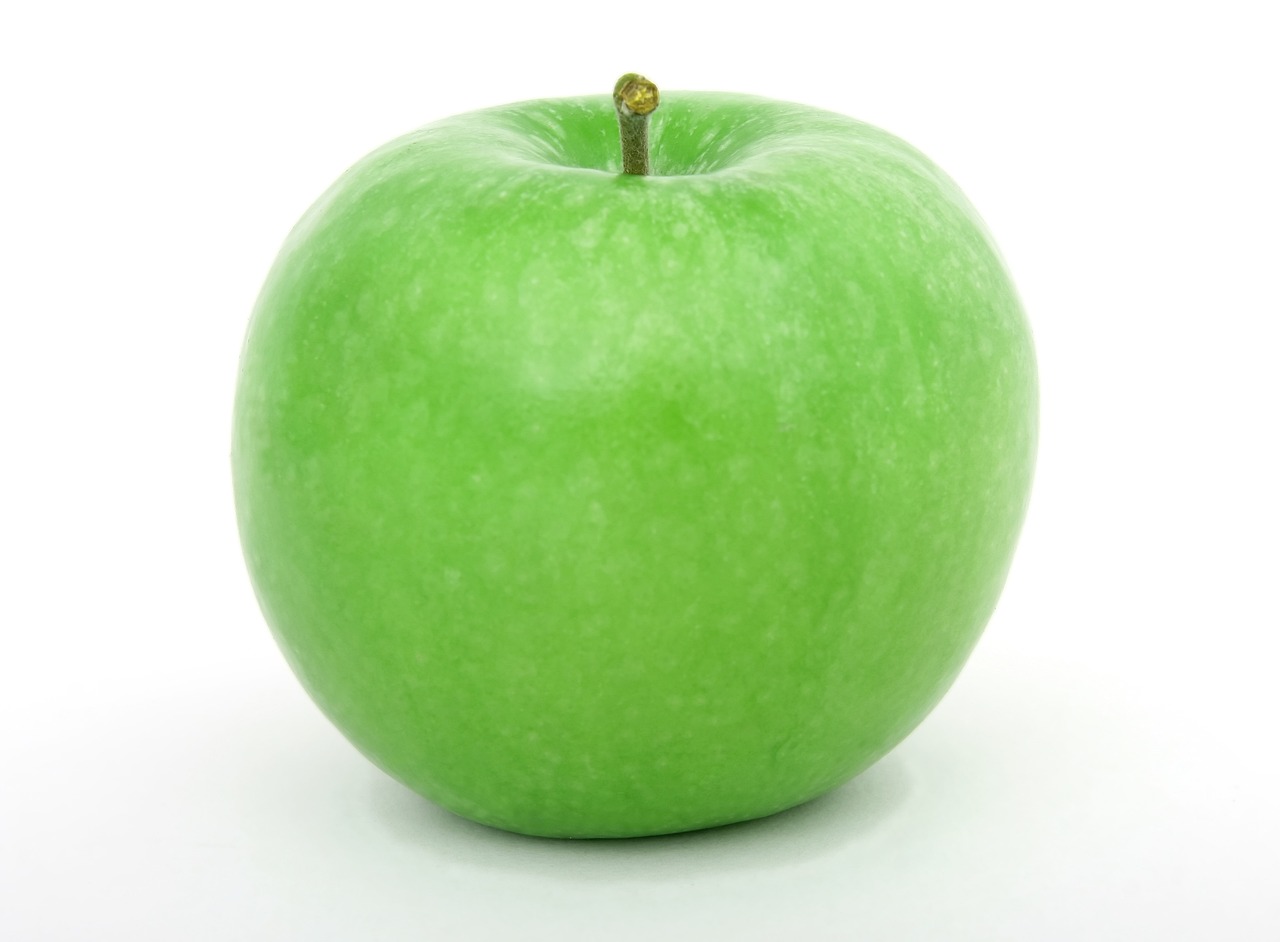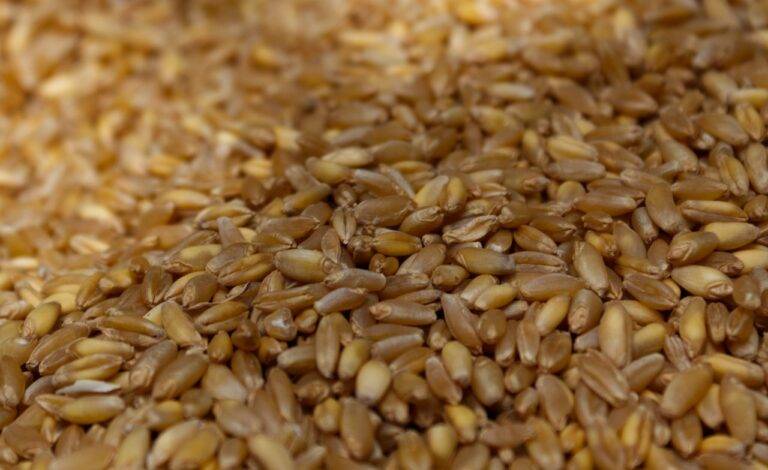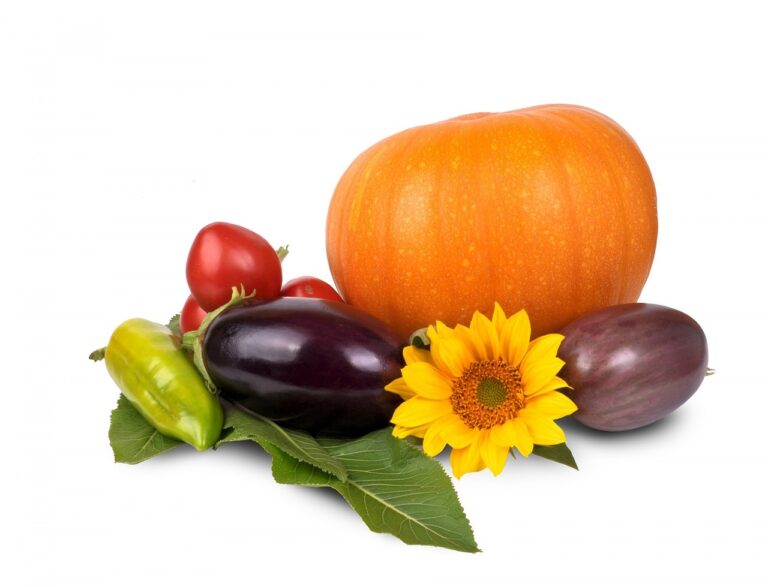Rediscovering Ancient Grains for Modern Diets
Ancient grains have been gaining attention in modern diets for their numerous health benefits. These grains, such as quinoa, amaranth, and spelt, are packed with essential nutrients like fiber, protein, and antioxidants. Including ancient grains in your diet can help improve digestion, regulate blood sugar levels, and support overall heart health.
Moreover, ancient grains are often less processed than modern wheat and are a great source of complex carbohydrates, which provides sustained energy throughout the day. The diverse range of ancient grains available also adds variety to meals, making it easier to adhere to a nutritious and balanced diet. By incorporating ancient grains into your meals, you can not only enjoy their delicious flavors but also reap the nutritional advantages they offer.
Nutritional Value of Ancient Grains
Ancient grains have been gaining popularity in modern diets due to their impressive nutritional profiles. These grains are packed with essential vitamins, minerals, and antioxidants that are beneficial for overall health. For instance, quinoa is rich in protein, fiber, and iron, making it a great alternative to traditional grains like wheat or rice.
In addition, ancient grains like amaranth and teff are gluten-free, making them suitable options for individuals with gluten sensitivities or celiac disease. These grains also provide a good source of complex carbohydrates, which are essential for sustained energy levels throughout the day. Overall, incorporating ancient grains into your diet can help diversify your nutrient intake and support a well-rounded approach to healthy eating.
History of Ancient Grains
Ancient grains have been a staple in human diets for thousands of years, dating back to the earliest civilizations. These grains, such as quinoa, spelt, and farro, were cultivated by ancient civilizations like the Egyptians, Greeks, and Mayans, providing them with essential nutrients and sustenance. The cultivation and consumption of ancient grains played a crucial role in the development and growth of these early societies, offering a reliable food source that could withstand various environmental conditions.
As ancient civilizations expanded and traded with one another, the popularity of these grains spread across regions and continents. The versatility and nutritional benefits of ancient grains led to their incorporation into diverse culinary traditions, contributing to the richness and diversity of global cuisine. Over time, the knowledge and cultivation techniques of ancient grains were passed down through generations, preserving their significance and value in modern diets.
• Ancient grains have been a staple in human diets for thousands of years
• Cultivated by ancient civilizations like the Egyptians, Greeks, and Mayans
• Provided essential nutrients and sustenance
• Played a crucial role in the development and growth of early societies
As ancient civilizations expanded and traded with one another:
• Popularity of ancient grains spread across regions and continents
• Versatility and nutritional benefits led to incorporation into diverse culinary traditions
• Contributed to richness and diversity of global cuisine
Over time:
• Knowledge and cultivation techniques of ancient grains were passed down through generations
• Significance and value preserved in modern diets
What are ancient grains?
Ancient grains refer to a group of grains that have been largely unchanged over centuries, such as quinoa, farro, spelt, and amaranth.
What are the benefits of including ancient grains in modern diets?
Ancient grains are known for their high nutritional value, including being rich in fiber, protein, vitamins, and minerals. They also offer a variety of flavors and textures to meals.
Are ancient grains gluten-free?
Some ancient grains, such as quinoa and amaranth, are naturally gluten-free. However, others like spelt and farro contain gluten so they may not be suitable for those with gluten sensitivities.
How can ancient grains be incorporated into daily meals?
Ancient grains can be used in a variety of ways, such as in salads, soups, stir-fries, and as a side dish. They can also be ground into flour and used in baking.
What is the history of ancient grains?
Ancient grains have been cultivated for thousands of years by various civilizations around the world, including the Egyptians, Greeks, and Mayans. They were a staple food source for these ancient societies.







